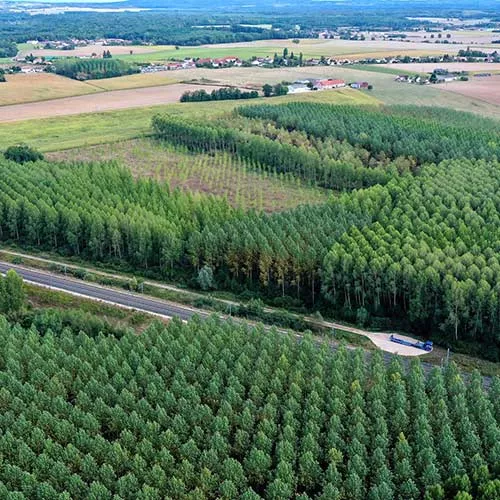Fact or fiction? “SNCF has too much debt.”
Learn about SNCF’s disciplined approach to paying down debt while upholding its commitment to enhancing France’s rail system.

High-speed rail construction generates debt
In 2020, the French state assumed €35 billion of SNCF Réseau’s debt linked to the construction of France’s high-speed rail network. Around €100 billion were spent on buying TGV trains and building some 20 new stations and special maintenance centres.
Tight management is de rigueur
Since the steep rise in debt linked to construction of France’s high-speed network, SNCF and its subsidiaries have committed to strict management that is putting Group finances back on a healthy, sustainable footing. And this commitment is reflected in our financial results: from 2020 to 2023, we reduced net debt from €38.1 billion to €24.2 billion. Over the same period, cash flow rose from a negative €690 million to a positive €2.5 billion, with a debt-to-equity ratio of less than 4.

€24.2bn
Our net debt in 2023

€35bn
SNCF debt transferred to the French state in 2020

€100bn
SNCF investment in high-speed rail over 40 years

Investing in the future
Alongside SNCF Group’s strategy of paring down debt, we've maintained a steady stream of investments to secure the future of rail:
- SNCF Réseau, handling network management, operation and maintenance, invests €2.9bn each year to upgrade the rail network
- SNCF Gares & Connexions, in charge of station design, management and development, has teamed up with partners to invest €1bn each year to modernize and improve stations
- SNCF Voyageurs, responsible for passenger traffic, is investing €3.5bn to acquire 115 next-generation TGV trainsets from partner Alstom.
Share the article